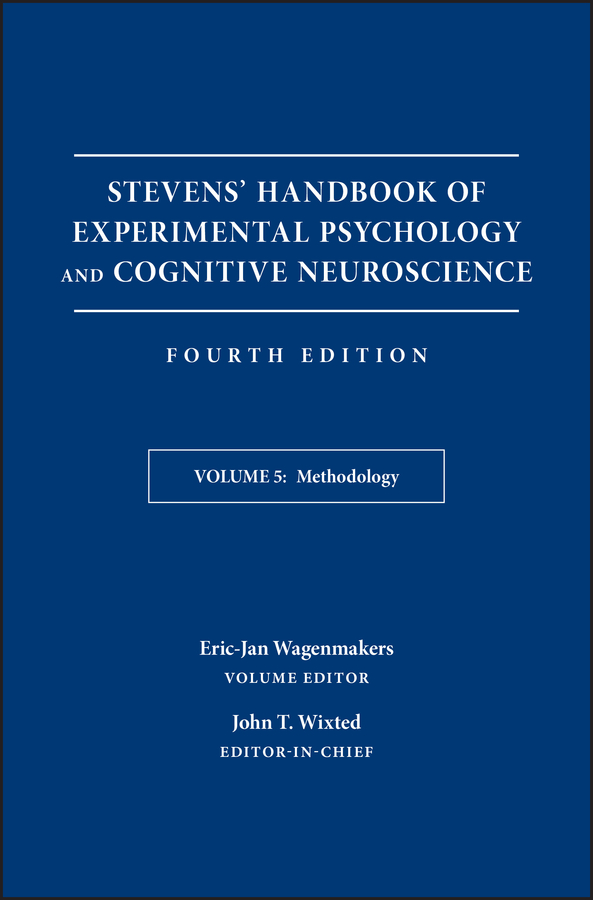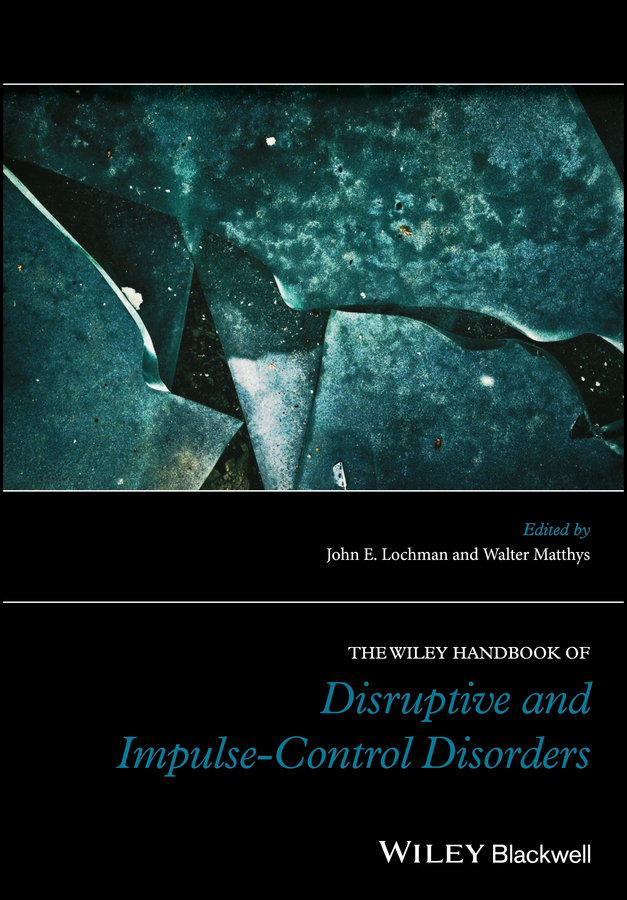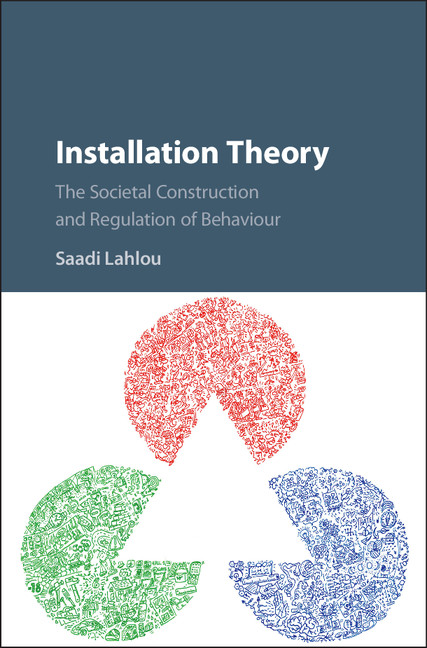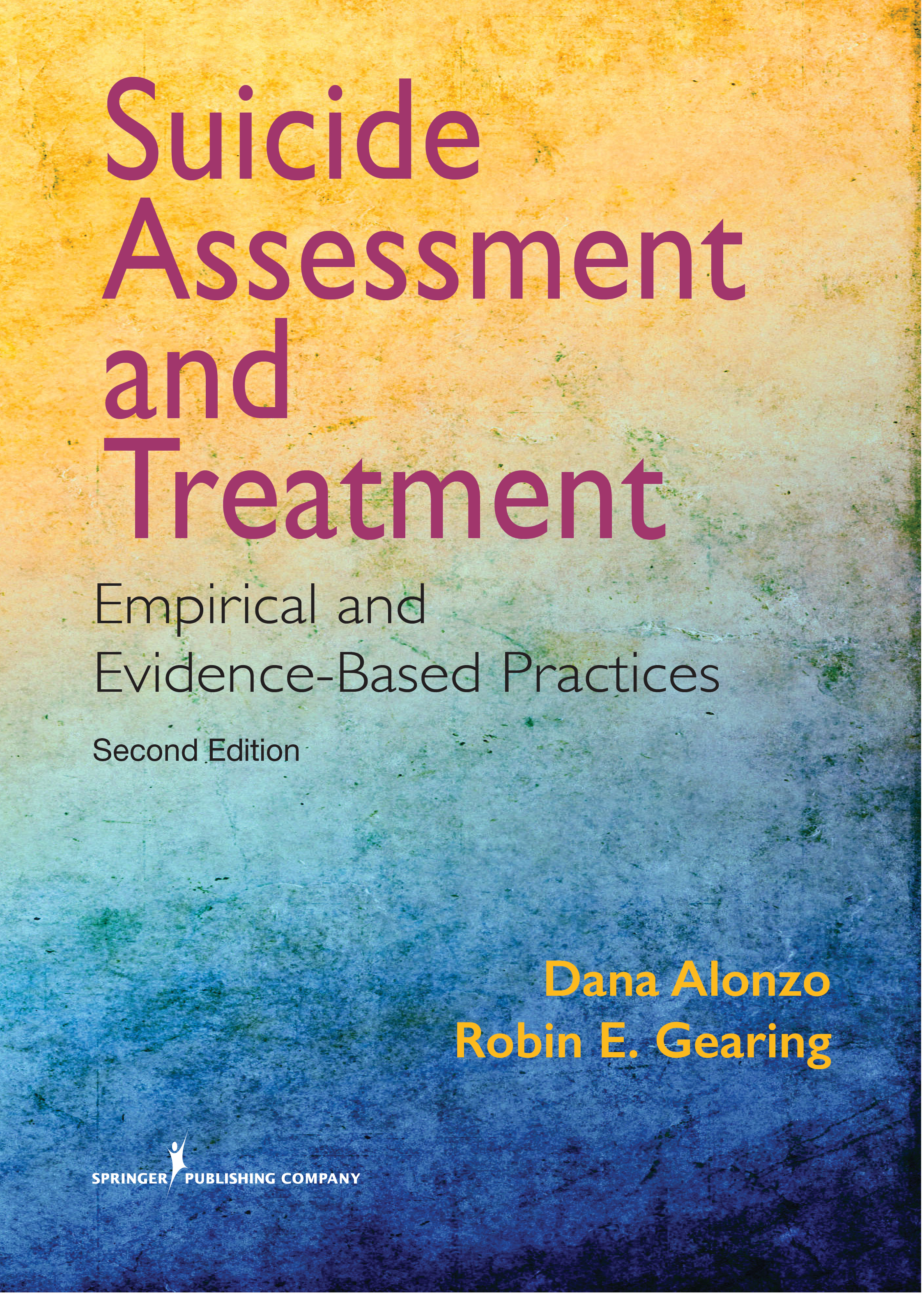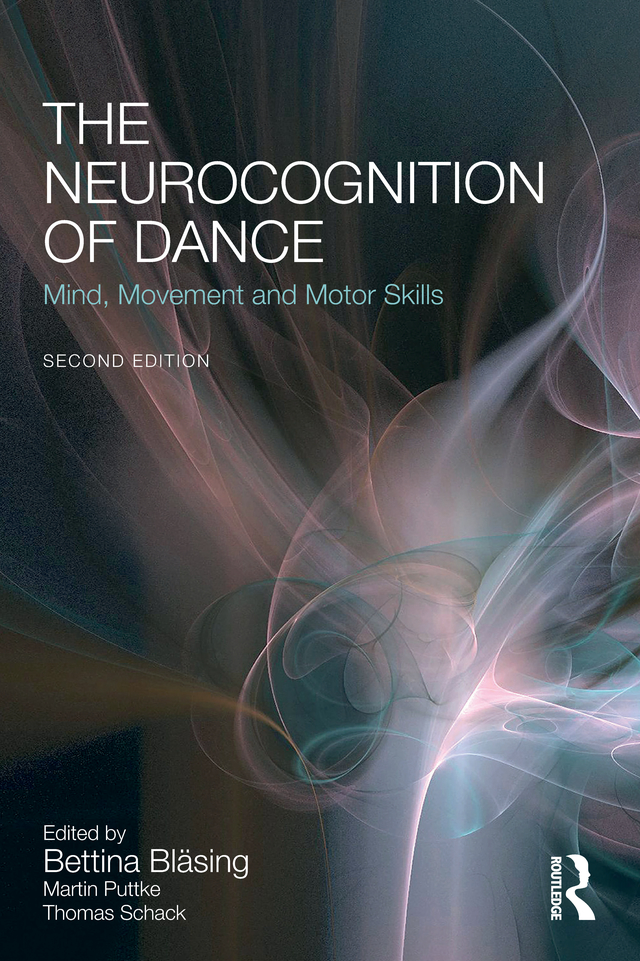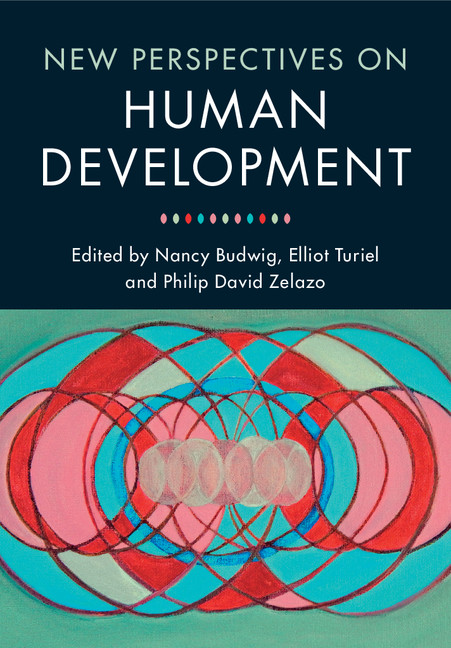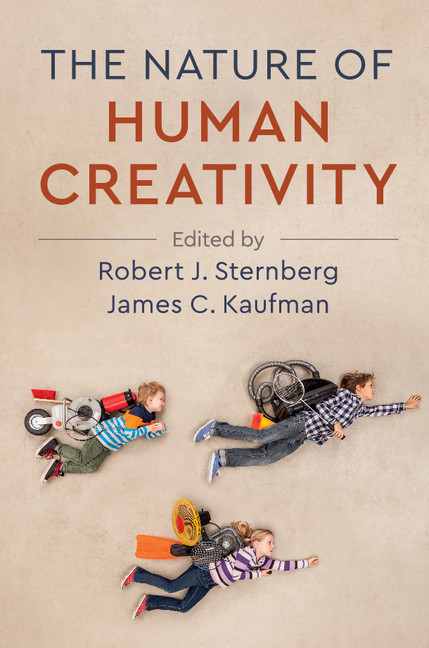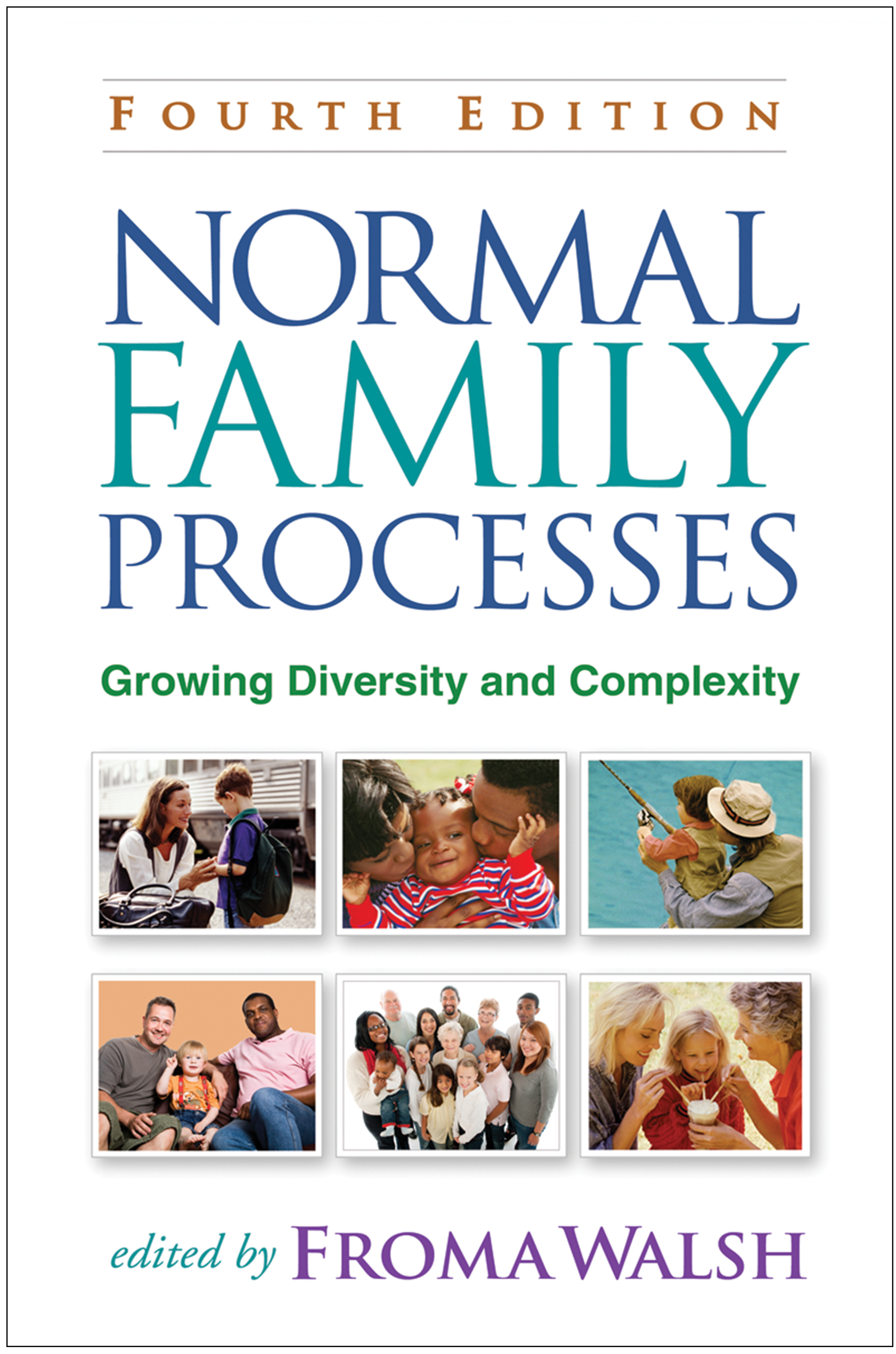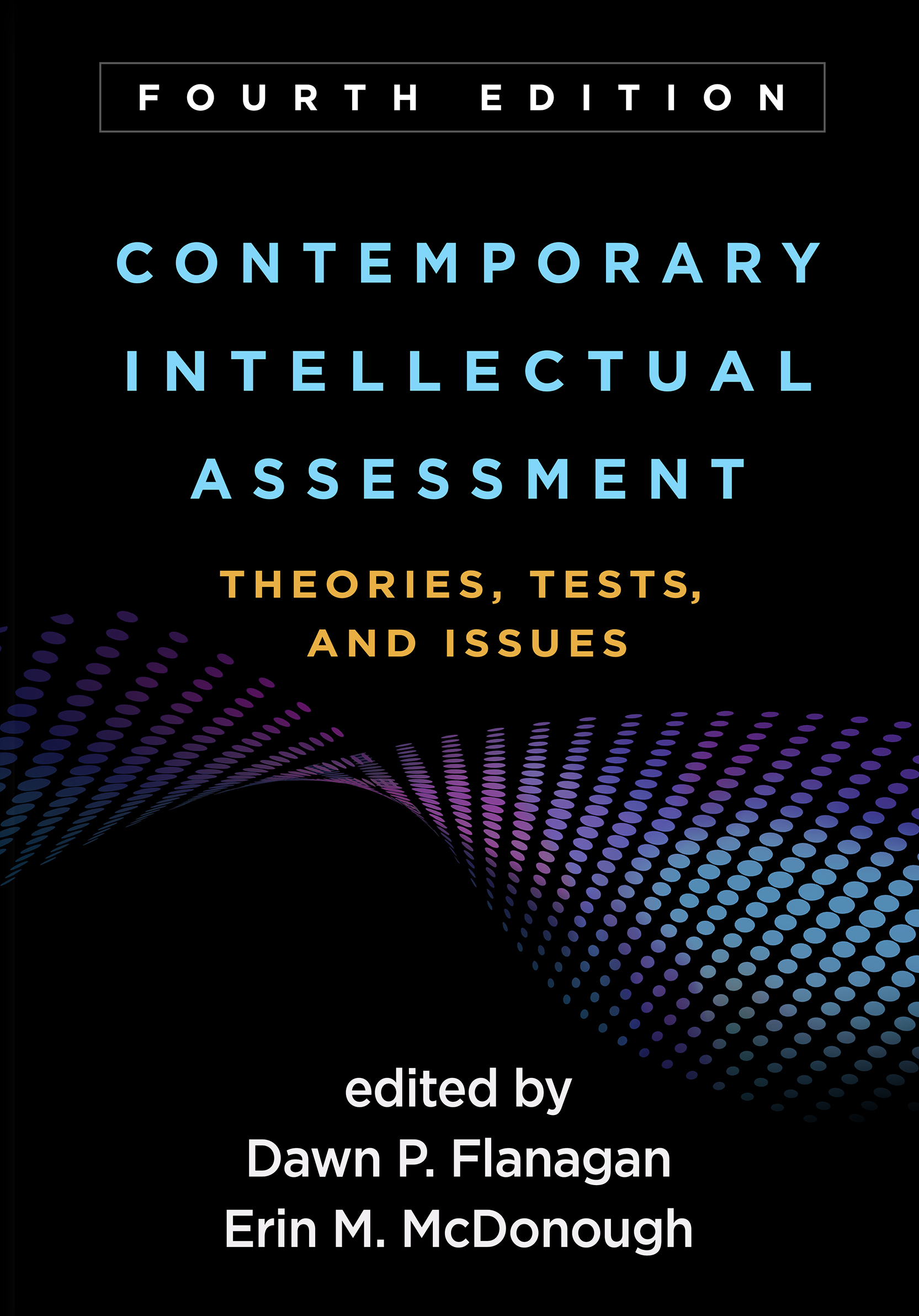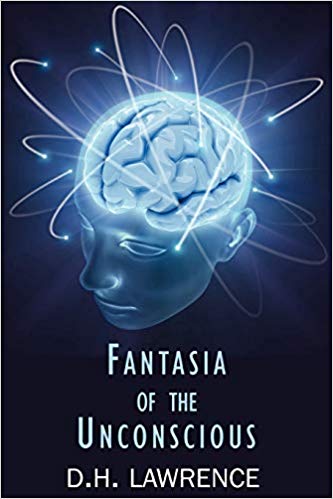Unorthodox Freud : The View from the Couch
by Beate Lohser
2020-03-20 16:09:08
Unorthodox Freud : The View from the Couch
by Beate Lohser
2020-03-20 16:09:08
Was Sigmund Freud a "Freudian"? If "Freudian" means an uninvolved, neutral interpreter of transference and resistance, the answer, according to this fascinating new book, is no, he was not. Based on existing full-length accounts by patients who were ...
Read more
Was Sigmund Freud a "Freudian"? If "Freudian" means an uninvolved, neutral interpreter of transference and resistance, the answer, according to this fascinating new book, is no, he was not. Based on existing full-length accounts by patients who were treated by Freud in the 1920s and '30s, this volume reveals an unexpected Freud - one who is quite different from the current stereotype. Presented together for the first time, these vivid, intimate biographies of the analytic process provide an illuminating close-up of Sigmund Freud at work. Through the words of his own patients, the reader is introduced to an organized, persistent, personally engaged, and expressive clinician who relied on free association, rather than transference and resistance analysis, to move the treatment. The authors examine these cases, along with those of the well-known Rat Man and Wolf Man, to see how Freud organized the treatment dyad in terms of its primary task and the division of labor between himself and his patient. They then compare their findings with Freud's papers on technique and with the dominant ideals of mainstream, contemporary psychoanalysis. Contrary to the capricious Freud of in-house clinical lore, the starched Freud of Strachey's Standard Edition, and the blank screen of traditional orthodoxy, Lohser and Newton demonstrate that Freud was explicit about defining the primary task (making the unconscious conscious), directively instituted free association as the means to accomplish the task, and actively monitored his patient's compliance with it. The authors also demonstrate the implications of Freud's actual approach for the nature of the analytic relationship. Since Freud relied on freeassociation, rather than transference and resistance analysis, he could be more spontaneous and personal. In contrast, by making transference analysis the engine of the treatment, the contemporary clinician ends up subordinating the entirety of his or her behavior to protecting the transference; neutrality, unilaterality, and extreme abstinence are inevitable consequences. This may be a good way to do psychoanalysis, but it turns out not to be Freudian. Opening an important debate about the nature of Freudian practice as Sigmund Freud himself practiced it, Lohser and Newton contend that the cases presented in this volume clearly demonstrate that the dominant image of the Freudian analyst is not, in fact, classical, but rather a neo-orthodox stereotype.
Less






